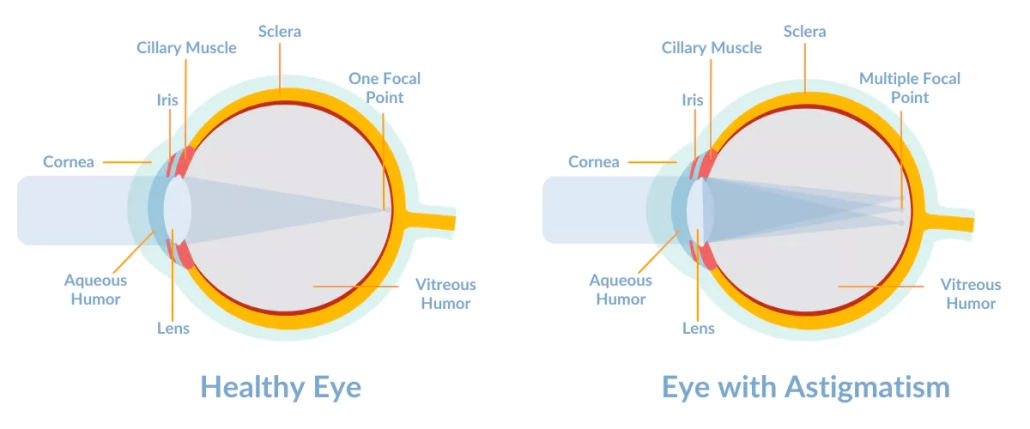LASIK eye surgery is a popular surgical procedure that can help correct vision problems such as nearsightedness, farsightedness, and astigmatism. However, not everyone is a suitable candidate for LASIK surgery. In this blog post, we will explore the 6 signs that make you an ideal candidate for LASIK eye surgery.
1. Age
The ideal candidate for LASIK surgery is over 18 years old, as the eyes are still developing before that age. Additionally, the candidate’s prescription should have been stable for at least a year before considering LASIK surgery.
2. Overall Health
The candidate should be in good overall health, with no medical conditions that may affect the healing process after surgery. This includes conditions such as autoimmune diseases, diabetes, and certain medications that may interfere with the healing process.
3. Eye Health
The candidate should have healthy eyes with no underlying issues such as cataracts, glaucoma, or macular degeneration. Additionally, the candidate should not have any active eye infections or injuries.
4. Prescription
The candidate’s prescription should fall within a certain range to be eligible for LASIK surgery. Generally, candidates with prescriptions between -1.00 and -8.00 diopters for nearsightedness, +1.00 to +3.00 diopters for farsightedness, and up to 5.00 diopters for astigmatism are considered good candidates.
5. Corneal Thickness
The candidate’s cornea should be thick enough to safely undergo LASIK surgery. This is because the surgery involves creating a flap in the cornea, and if the cornea is too thin, the surgery may weaken it and increase the risk of complications.
6. Realistic Expectations
The candidate should have realistic expectations about the outcome of the surgery. LASIK surgery can correct many vision problems, but it is not a miracle cure and may not achieve perfect vision. Candidates should discuss their expectations with their eye doctor before deciding to undergo the surgery.
In conclusion, LASIK eye surgery is a safe and effective option for many people with vision problems. However, not everyone is a suitable candidate for the surgery. It is important for candidates to discuss their medical history and other factors with their eye doctor to determine if LASIK surgery is the right choice for them.

